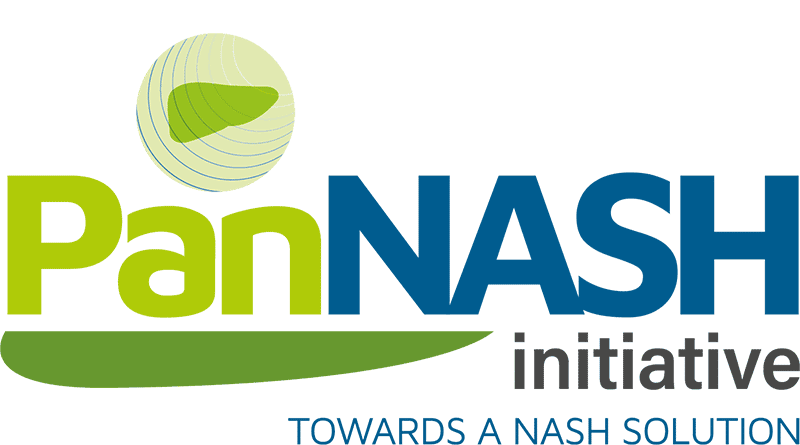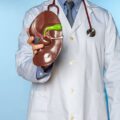COMMENT:
Excitingly, research into NASH now seems to be on the cusp of achieving an effective pharmacotherapy for the disease, a breakthrough underpinned by extensive investigation into its molecular pathogenesis.
This editorial aimed to introduce a series of up-and-coming biological compounds with the potential to effectively treat NASH.
KEY LEARNINGS:
Although therapeutic research into NASH has been hindered by challenges relating to the condition’s pathophysiological complexity, seven classes of drugs hold significant promise for NASH and possess at least one agent in late-stage clinical trials for the disease. These include FXR agonists, thyromimetics, incretins, FGF21 agonists, lipogenesis inhibitors, gene-modifying agents and, notably, PPAR agonists. The latter represents a key pharmacological class in therapeutic research for NASH.


